The Internet of Things (IoT) Landscape above is produced by the venture capital firm FirstMark.
This is Part 4 of a 5-part series on 5 Disruptions to Marketing (you can start with Part 1, Part 2, and Part 3 if you haven’t already):
- Digital transformation redefines “marketing” beyond the marketing department.
- Microservices & APIs (and open source) form the fabric of marketing infrastructure.
- Vertical competition presents a greater strategic threat than horizontal competition.
- AR, MR, VR, IoT, wearables, conversational interfaces, etc. give us digital everything.
- Artificial intelligence multiplies the operational complexity of marketing & business.
4. DIGITAL EVERYTHING
The previous section on vertical competition looked at the explosion of new “client interfaces” — augmented reality (AR), virtual reality (VR), smartwatches, connected TVs, connected cars, connected appliances, voice-command centers like Amazon Echo and Google Home, home automation, etc. — through the lens of how they will disrupt the strategic landscape of the digital marketing channel.
Who controls access to consumers, at least in a particular context, and what market leverage does that give them?
But the explosion of client interfaces is also disrupting marketing in a more direct way — increasing the number and variety of different kinds of digital touchpoints we need to build for our marketing, products, and services.
Let’s step back to consider how “simple” our digital environment has been.
Building digital experiences used to be a highfalutin way of saying, “We’re going to build something on the web.” A website. An e-commerce store. A microsite. A landing page. An embeddable web widget. Each of these had their own UX specialties and marketing practices. As a former landing page conversion optimization geek, I fully appreciate how deep each of those different rabbit holes can go.
But they were all just web pages, with tremendous commonality in their function and design — on their front-end, they’re all simply HTML, CSS, and Javascript that render in a commoditized web browser. Consumer expectations evolved more or less consistently across all of them.
Because of that commonality, web experience management (WXM) platforms — the fancy name for web content management systems (CMS) — were able to provide a common backbone for most of those experiences. And these platforms could be run as a relatively isolated back-office applications.
But then the digital experience mission forked.
Mobile — specifically iOS and Android smartphones, then eventually tablets — created the second major kind of client interface: native mobile apps. Building mobile apps was a different discipline than web development, required different programming and design skills (e.g., touch interfaces), and had different consumer expectations.
Mobile apps were also powered on the back-end by software systems that were different than website platforms. In fact, mobile apps were often built to harness multiple back-end services, some internal to the company, others available via external APIs from other providers. (Take note of the rise of microservices here!).
In parallel, mobile web — web experiences on mobile devices — grew as a kind of hybrid of these two branches of digital touchpoints. They had their own set of design principles, crafted for smaller screens and slower connection speeds. Initially, mobile websites were separate from designed-for-desktop websites. But eventually, responsive design, which let websites dynamically adapt to browsers on phones, tablets, or laptops/desktops, became the preferred approach.
It’s worth noting that there’s been a growing battle between native mobile apps and progressive web apps (PWA) that act a lot like native mobile apps, but are built using web technologies. But for the most part, “websites” and “mobile apps” have remained as separate customer touchpoints, usually developed by completely separate teams.
For most marketers, keeping up with these different kinds of touchpoints — even with just two main categories — has been challenging.
As mobile usage has skyrocketed, through both websites and apps, “mobile first” — design everything so it works great on mobile devices first, and then adapt to the desktop — has become a rallying cry in marketing and digital product development. Partly to better meet consumer expectations, but also partly to narrow the focus of work to be done. Can we just build one experience for everyone?
But the reign of “mobile first” may topple nearly as soon as it began. Because now we have a multitude of new client interfaces, many which are either not web-based or use web interfaces in very different contexts.
Two of the most popular are wearables/watches and chatbots. The latter category includes text-based bots, in apps such as Slack and Facebook Messenger, and voice-controlled bots, such as Google Assistant, Apple Siri, Microsoft Cortana, and Amazon Alexa. (If you doubt these things will apply to your business, you should browse the range of Slack apps and Alexa skills available today — with hundreds more on the way.)
These are very different interfaces than web or mobile apps, and we’re just starting to figure out wearable interface design and conversational interface design. Beyond interface design, there’s the larger question of what kinds of new marketing and customer experiences will thrive on these different kinds of touchpoints.
But there are many, many more different kinds of digital interfaces — just click on the Internet of Things (IoT) Landscape at the top of this post to get a sense of the incredible variety of digital touchpoints that are blossoming now. That landscape was published back in March of this year, and I guarantee you it’s grown since then. (I have some experience with these things.)
Let me emphasize that most of these things are not “labs only” technologies. They’re out in the market and rapidly gaining adoption, thanks to the accelerating diffusion of innovation. A recent report on IoT by the IAB — sounds like a Robin Williams riff — provides some data on adoption (click the image below to zoom in):
Remember the two-way fork between web experiences and mobile apps? Those were the good old days. Now, we’re facing a multi-branched fan of digital customer touchpoints:
- web — must work on desktop/laptop, tablet, smartphone, etc.
- mobile — native apps, SMS (not dead yet!), AR/VR experiences, etc.
- beacon-triggered and geolocation-based mobile experiences
- chatbots — screen-based and voice-based, across a variety of devices
- wearables — smart watches and more purpose-specific wearables
- AR/VR glasses and headsets — from Google Cardboard to Occulus and HoloLens
- connected TVs with an explosion of OTT content and services
- connected cars — Android Auto and Dash are two platform examples
- digital out-of-home signage and digital kiosks — including augmented reality features
- APIs as a digital interface for citizen developers with tools like IFTTT
- new point-of-sale experiences — Amazon Go is an example of how far this can go
- 3D printing for digitally delivering physical items to prospects/customers
- …and an essentially infinite array of more specific Internet of Things enabled objects
And that’s a very high-level list. Each of those client interfaces has its own developer toolkits, design principles, and marketing/business use cases. If you’re feeling a little dizzy, then you are properly comprehending the situation.
So what does this mean for marketing? What should we do? I have 3 recommendations.
#1 EMBRACE DIGITAL EVERYTHING. Digital is no longer just your website or you mobile app. Nearly everything in the world is becoming connected and acquiring digital properties. It’s a little overwhelming — see Martec’s Law — but it’s also incredibly exciting. My advice is to personally try out as many of these new connected technologies as possible, even if you’re not normally an early adopter. It’s the best way to develop an intuition for these new kinds of client interfaces. As you use them, let your imagination wander: how might this be used in my business? Digital everything requires a mind shift.
#2 THINK MECHANISMS MORE THAN MEDIA. While a few of these new client interfaces are essentially just new media types or media delivery channels — for instance, VR content or 3D printed content — most of them enable new kinds of services to be provided to prospects and customers. This brings us back full circle to digital transformation. Marketing, in the broadest sense of the term, must deliver more than just communications. It must deliver delightful customer experiences that provide mechanisms — my fancy term for “functionality” — that help people accomplish things.
Amazon Dash Buttons are a great example of a simple but powerful IoT mechanism:
Or, for an incredible demonstration of chatbot mechanisms — many of which you will actually find quite helpful — check out HubSpot’s GrowthBot for marketing and sales professionals. You can install it on Slack or Facebook Messenger, and it’s a perfect example of how HubSpot is able to build a brand relationship with its target audience (you) by providing useful services:
And yes, I took that screen capture at 5:58 AM, which is the perfect time to rely on a bot instead of a human assistant.
#3 “SERVICE FIRST” (AND “DATA FIRST”) DEVELOPMENT. In a digital world with a multitude of client interfaces — with new ones arriving at a blinding rate — building “mobile first” for any one particular interface can be technically and conceptually limiting.
Instead, we should think of the capabilities we want to engage prospects and customers with at an architectural layer below individual client interfaces. We should move to a “service first” or “data first” approach to digital development, unifying our underlying back-end systems, data respositories, and business logic so we can support many different client touchpoints with a consistent and coherent experience. Again, this brings us back to flexible microservices as the ideal technical architecture for marketing systems in this brave new world. (See how the 5 disruptions in this series feed into each other?)
The next and final article in this series is Part 5: Artificial Intelligence.
If you found this article relevant, you should plan to attend the MarTech conference series, where leading practitioners and experts share their experiences and insights at the evolving intersection of marketing, technology, and management.
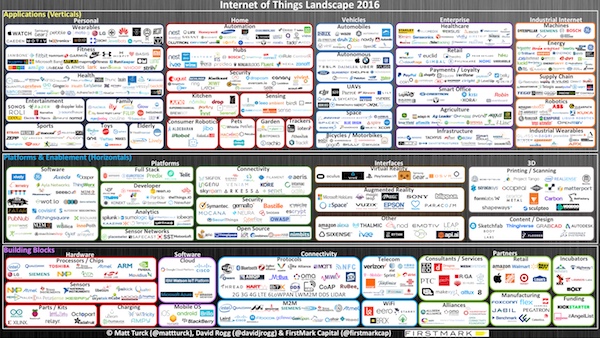
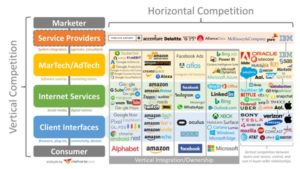

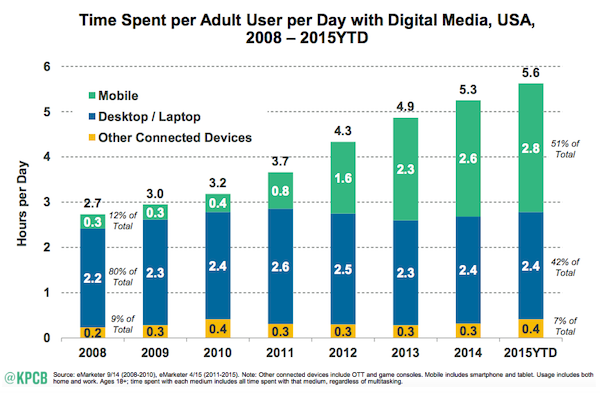
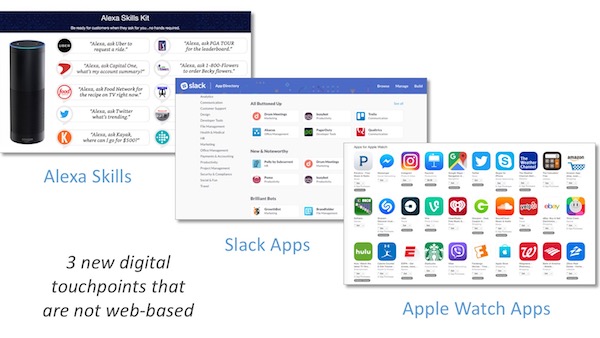
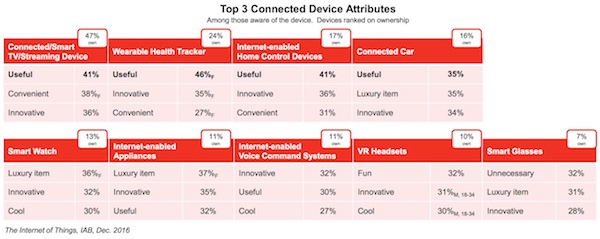
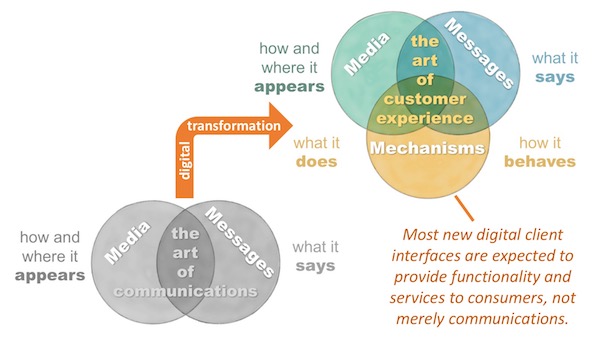

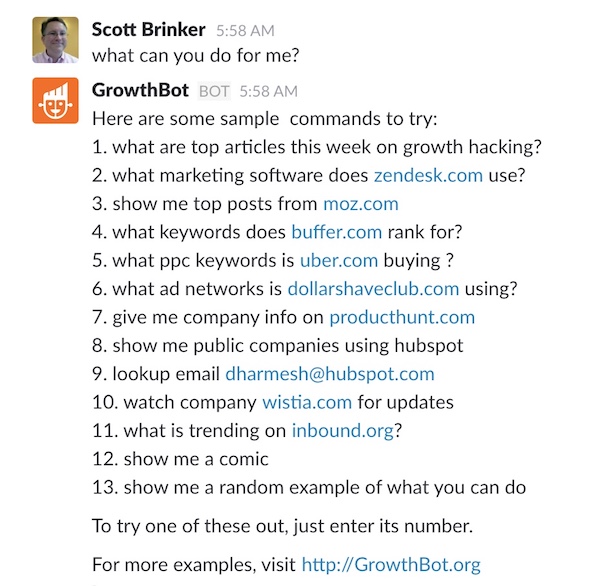
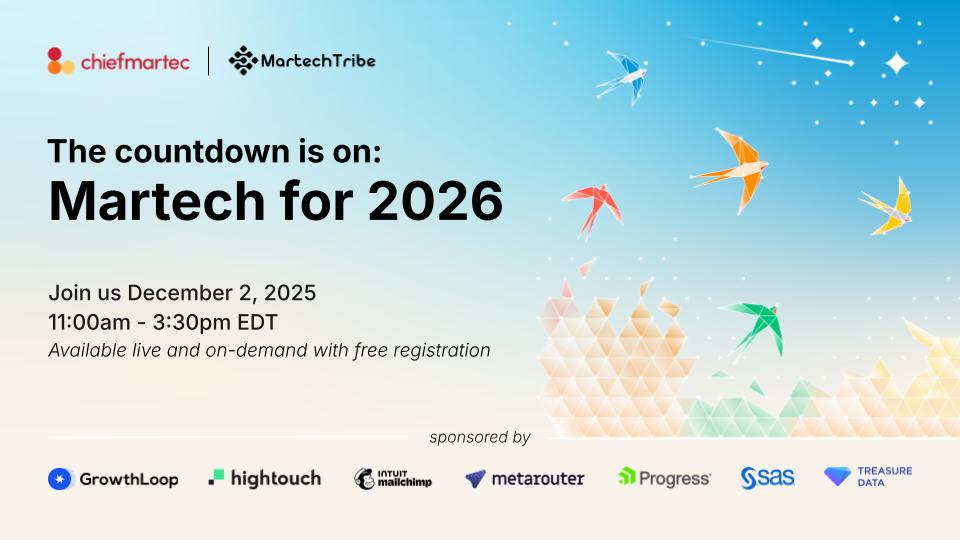


Interesting article. Yes all of what you said has the potential to create a ton of digital touchpoints. However, how many of these touchpoints will the average consumer be able to afford? It seems like only the top 10% of US Houshold Income earners could afford to have that many digital touchpoints. As of 2013, people are spending about 5.5% of their monthly discretionary income on “Digital Utilities” source: http://money.usnews.com/money/personal-finance/mutual-funds/articles/2013/10/24/are-technology-costs-killing-your-budget. I’m sure this percentage has climbed even higher.
So much of “connected tech” relies on monthly subscriptions and constant hardware upgrades. An IoT home will require a hefty data package from your Iocal ISP as well as significant capital investment to buy all those connected household appliances. Instead, I think you’ll see different consumer “technology clusters” that are multi-touchpoints and these clusters will have a few digital touch points in common. I think what will be more prevalent is numerous, unique “consumer digital touch points” – each with their own unique circuity. This will be difficult to market at scale because you’re almost having to create a unique marketing campaign that matches each “unique circuit board.” Who knows, maybe AI and automation will be able to accomplish this in the future.
That’s a really good point, Kyle.
Here are a few thoughts in response:
1. Moore’s Law isn’t perfect, but it would suggest that the cost of baseline touchpoints will continue to drop. Many IoT features may be embedded in products at essentially no significant cost.
2. We may continue to see redistribution of marketing budgets towards subsidizing digital touchpoints.
3. Internet access will, I believe, become much cheaper and faster and more ubiquitous. I think more governments will recognize this as key infrastructure for economic growth.
4. I absolutely agree with your “technology clusters” concept, although I think there are many ways that might be realized. There will likely be a new generation of standards or even just marketing middleware that will facilitate management of this diverse landscape. The work to craft contextually designed marketing moments will likely be distributed more to the client interfaces themselves.
Of course, all of this is conjecture. 🙂 But I’m sure it will be interesting to see how it plays out.
Ahh! I love reading your posts first thing in the morning. It puts me in the perfect digital marketing mindset for the rest of the day.